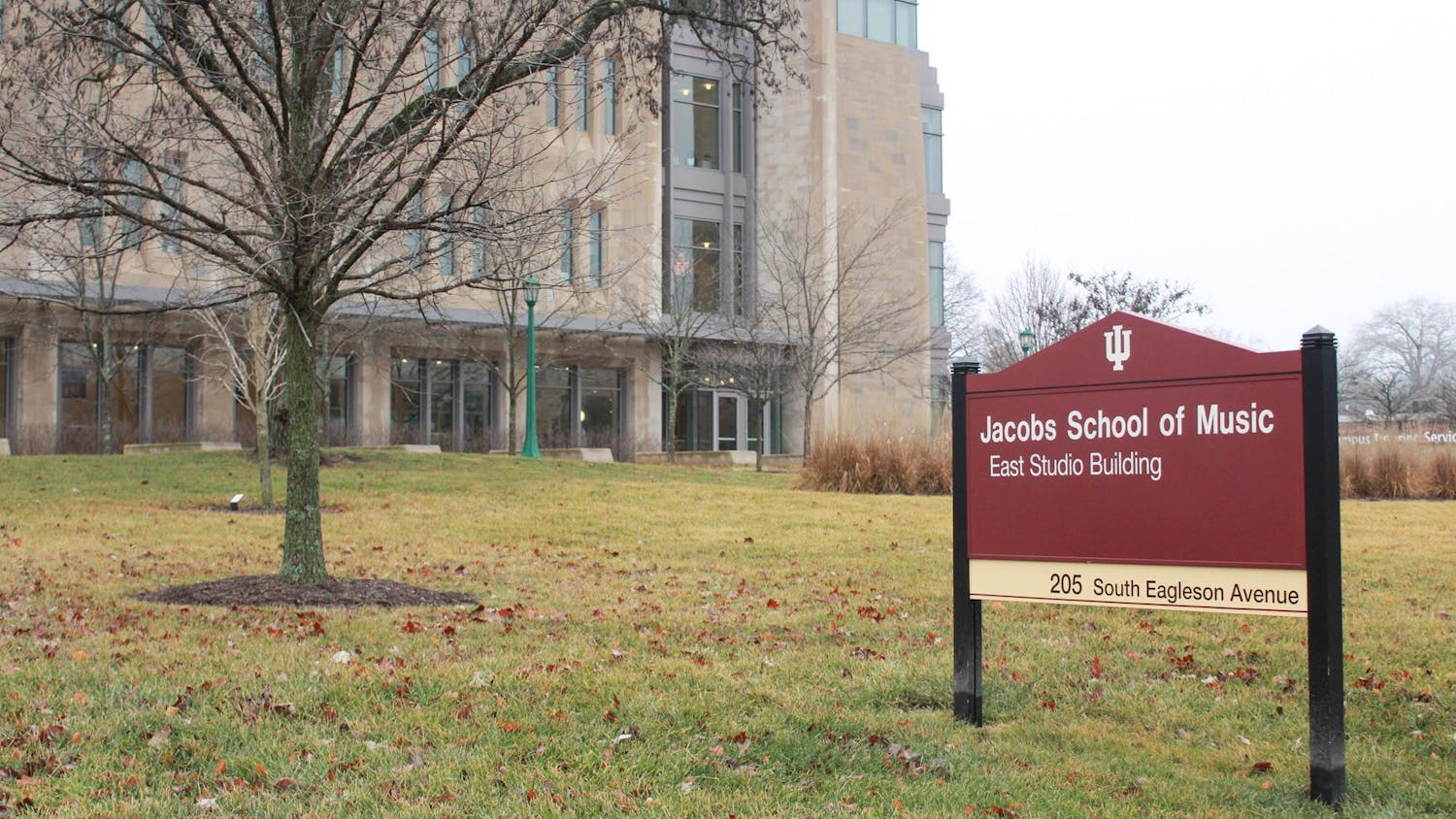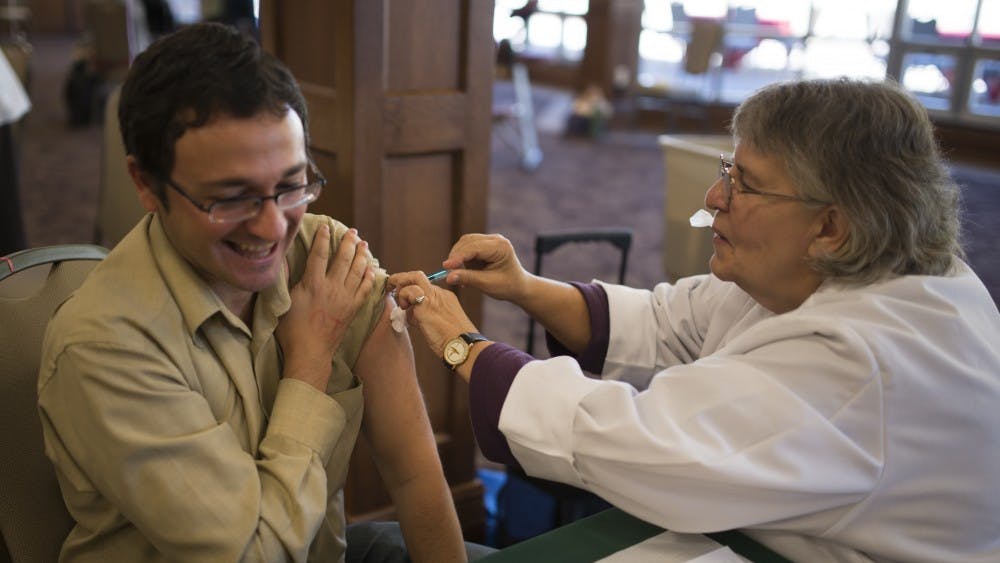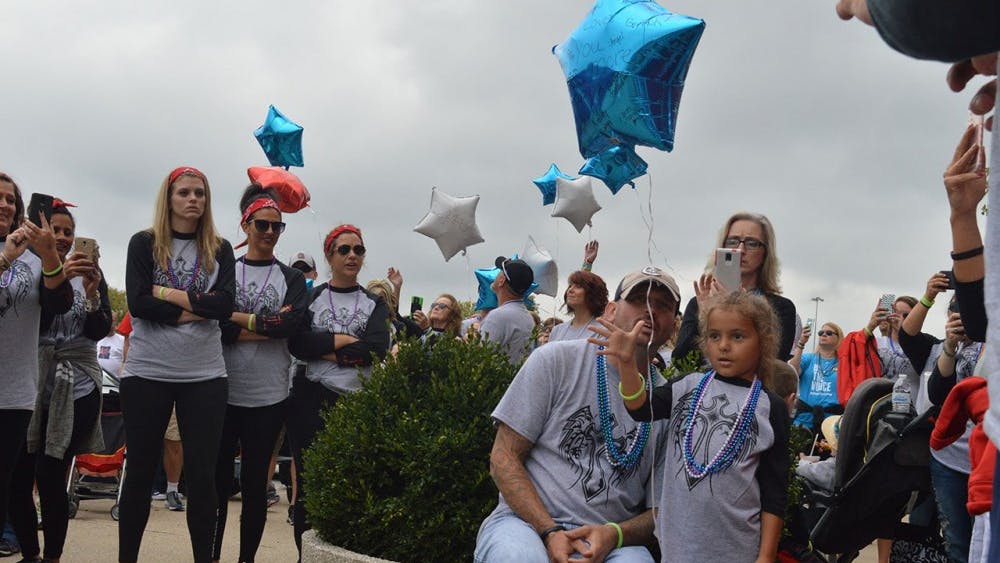If students could get paid for sitting in a cozy chair, listening to music and doing homework for an hour or two, they would, right?\nBioLife Plasma Services in Bloomington is a center devoted entirely to plasma donation. It offers donors $20 for one donation in a seven-day period, and $30 for the second donation in that period. There is a limit of two donations per week, with at least one day in between each of those visits. There must be at least 48 hours between donations, but the body replaces plasma removed during the donation process quickly, according to the BioLife Web site.\n"The reason why they're willing to pay so much for (plasma) is because there's so much of a human need for it," said Omar Faiz, the manager of BioLife. "It's vital for life for some people."\nAccording to the BioLife Web site, "plasma is the pale yellow liquid portion of your blood that can be easily replaced by the body. It consists mainly of water and proteins, which help your body control bleeding and infection."\nPlasma is necessary for various medical purposes, such as treating hemophilia patients, burn victims and children with \nprimary immunodeficiency disorders, Faiz said.\n"There's no good way to make plasma," Faiz said. "The only way you can get it is from people donating."\nFaiz said about 50 percent of donors are students. As other students learn of this opportunity for quick cash, more and more donate. During the past six months, the number of donors increased 25 percent.\nFaiz also said that many students begin donating to earn money for spring break. \nSophomore Jon Ramos recently started donating after he heard of the idea from a friend.\n"I needed money to pay for my trip to Australia this summer," Ramos said.\nFor students, donating might be a good idea academically. While donating, they can read or catch up on homework.\n"I read for my classes and get some of that out of the way while I'm there," Ramos said. "If I don't feel like reading, I'll just throw on some headphones."\nThe process of donating takes about 60 to 75 minutes once one reaches the donor floor. According to the BioLife Web site, plasma is collected by a process called "plasmapheresis." In this process, the system alternates between collection and replacement until a certain amount of plasma, based on weight, is acquired.\n"It's similar to donating blood," Faiz said, "but you don't actually lose any blood in the process."\nSenior Ben Bussell started donating plasma to earn extra money. He said the donation process "stings at first," but that the pain doesn't last.\n"Plenty of things happen everyday that hurt more than this," Bussell said.\nCertain eligibility guidelines exist that prevent some students from donating. Faiz said tattoos must be 12 months old before donating. Anyone who donates blood must wait eight weeks before donating plasma. Also, according to the Biolife Web site, some piercings might prevent plasma donation, depending on the type of procedure used. Every donation includes a screening of medical history questions for extra precaution.\n"It's an extremely clean and sterile environment," Faiz said. "We go through a list of precautions to make sure your safety is upheld at all times."\nFor some students, donating plasma is a great way to earn extra cash and help a worthy cause.\n"It's easy cash and it goes to good use," Ramos said. "Anyone that's not afraid of needles should go donate"
Students donate plasma to earn extra money, aid those in need
Get stories like this in your inbox
Subscribe





